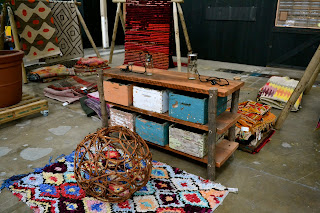Except for the fact that it was this day 21 years ago that I made my long-anticipated arrival into the world. As I sit here at 11:30pm at night on my 21st birthday, I am struck not only by the thought that I have not blogged away for a solid amount of time but also by the shock of how time comes and goes. I have been aching for my 21st birthday for such a long time that now that it is here, it has come and gone in a blink of an eye! I love birthdays, and this one was particularly lovely. I was given the most extravagant gifts which make me feel incredibly spoilt but beyond that was lathered in love in the form of texts, calls, and video messages. I'm a lucky one.
I guess the point that has struck me tonight is that time goes quickly, hence one should always be living to make the most of it.
From here on in, I vow to you dear blog one that I will make the most out of everything.
Hoorah.
This is a rather random post but one with an important message, and one that I will like to be reminded of.
May the blogging begin. (Or 're'-begin in my case.)
I guess the point that has struck me tonight is that time goes quickly, hence one should always be living to make the most of it.
From here on in, I vow to you dear blog one that I will make the most out of everything.
Hoorah.
This is a rather random post but one with an important message, and one that I will like to be reminded of.
May the blogging begin. (Or 're'-begin in my case.)
















